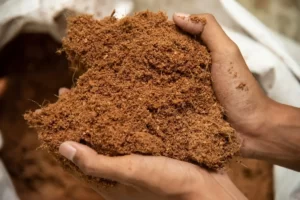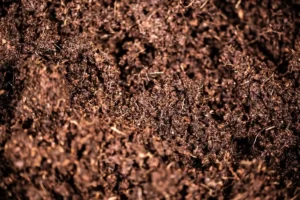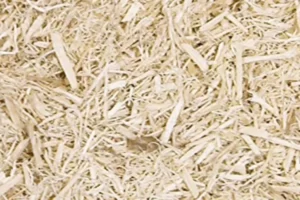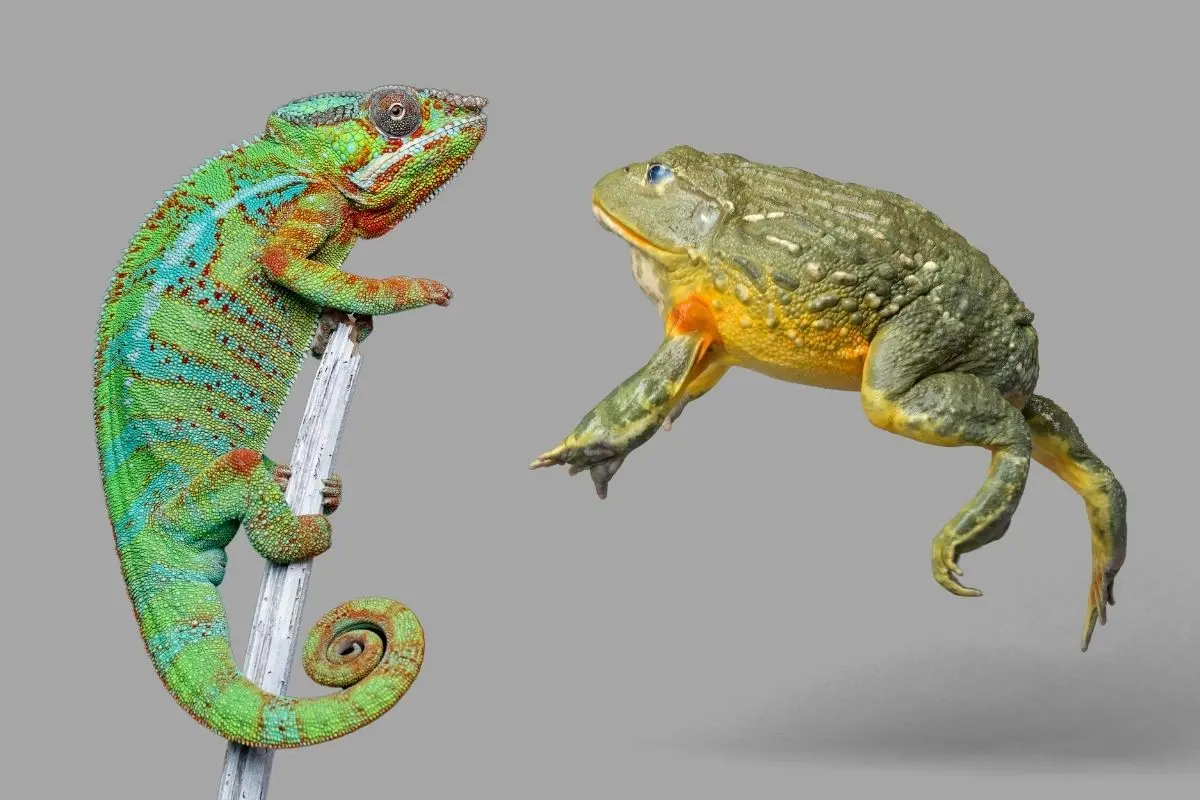Different substrates have different pros and cons, and not all of them will work for all ball pythons. The best way to find the right substrate is to take into account your specific needs as a pet owner before deciding on what you should use.
For example, if you are looking for an easy-to-clean habitat that won’t cost much to maintain or one with a long life expectancy that requires less maintenance.
What is the Best Substrate for Ball Pythons?
For me, the best substrate for a ball python is Coconut Husk. It is really simple to use. It’s great for maintaining your ball pythons terrarium hygiene, has a huge capacity for water absorption, can be used for burrowing and is easily maintained at any humidity level.
What are the Key Features of a Good Substrate for a Ball Python?
Ball pythons make wonderful pets and require a specific substrate to provide for their needs. This article discusses how to choose the best substrate and provides 8 criteria that will be used in the next section of this article.
Water Retention and the Effect on Humidity
When deciding on the right substrate for a ball python, it is important to consider how well they will hold water and what effect that has on humidity.
A good substrate should be able to retain moisture in humid conditions with minimal use of misting. It must also not harm the ball python’s natural environment or cause health problems.
Burrowing Habitats
Ball pythons snakes have a habit of burrowing in the wild, and it is best to provide loose substrate for them so they can do what they need to do.
Aspen is necessary for ball pythons because it can dig quickly through the wood to find its food. Pythons cannot burrow in AstroTurf because of the texture on top.
Fungal and Parasite Risk
Some ball pythons enjoy hiding under a paper substrate. Paper substrates are changed every week or so, which prevents the ball python from getting mites and mildew.
Cost
The cost of the substrate is important to consider. The price may range from 1-50$ every time you clean out your ball python’s enclosure, and the bag that contains the substrate will need to be replaced every month or two fully.
Remember, you’ll need to replace it with a new one soon after buying, so make sure you’re prepared for this expense!
Ease of Cleaning
Choosing the right substrate for your ball python is important to keep their environment and health in check. A good substrate must be: easy to clean, disinfected with a cleansing solution once a month and spot cleaned as necessary.
Convenience of Purchasing
A good substrate for a ball python is one that is readily available at grocery stores, online, or from particular shops. When choosing the right substrate for your snake, consider its size and how convenient it would be to purchase them in-store.
Aesthetics
In order to house a ball python, you will need a substrate. The substrate is not required to house a ball python but does make the enclosures more aesthetically pleasing.
Consider the aesthetics of the enclosure when deciding on what type of substrate to use for your snake or other reptiles.
Ingestion and Impaction Risk
Paper towels, newspaper, and butcher block paper are the most cost-effective options for ball python substrates. They are readily available and have a low risk of impaction or ingestion.
Types of Substrate
Coconut Husk

Coconut husk is considered the best substrate choice for ball pythons because it’s easy to work with, maintain cage hygiene and aesthetics. It also has a large capacity for water absorption and can be easily maintained at any humidity level.
Coconut husk can be used as a burrowing option, and although considered to be one of the best reptile substrates it is often not the best choice due to its large size and cost.
Bio-Active Soil

A bio-active substrate is a great option for a ball python. It’s perfect for letting your ball python engage in natural burrowing behaviours while being able to maintain appropriate levels of moisture and handle unwanted, harmful microorganisms.
If you’re looking for a substrate that is easy to maintain and has a learning curve, then Bio-Active Soil might be the perfect option. This substrate is good for beginners because it creates its own environment and can be difficult to perfect on your first try.
If you’d like to try creating your own bio-active substrate why not check out this video here.
Cypress Mulch

Cypress mulch is a substrate that ball pythons can burrow in and maintain the humidity. However, it does not have the ideal properties for ball pythons to burrow in.
It resists bacteria growth and absorbs odors. Out of all the substrates on this list, Cypress Mulch has been found to be most attractive aesthetically with its natural terrain pieces.
Paper Towels, Newspaper, and Butcher Block Paper

Paper towels, newspaper, and butcher block paper are all suitable substrates for ball pythons. Paper towels are not good for humidity but are a low-cost option.
Newspaper is great because it’s readily available, easy to clean, and cost-effective. Butcher block paper is an aesthetically pleasing option that lacks humidity maintenance but comes with high-quality construction.
Aspen

Aspen is a cheap option for substrates that can be easily spot cleaned. It does not have humidity control and it is commonly infested with mites. It’s a substrate that looks semi-natural.
Avoid these – Bad Substrates for Your Ball Python
Different species of snakes require different substrates. Ball pythons need a substrate that’s not too dry and has moderate humidity, so anyone on this list should be avoided.
Sand
Sand is not a good substrate for ball pythons because it can cause irritation of the eyes, nose, skin between scales, and lung disease. Substrates should be made from paper towels or something else that won’t get into the snake’s respiratory system.
Pine and Cedar Shavings
Pine and cedar shavings seem like a safe substrate option for your ball python’s enclosure, but they can release harmful oils that lead to neurological damage and respiratory irritation. These seemingly natural substrates may be more dangerous than you think.
Within the confines of an enclosure, especially one with solid sides such as an aquarium/terrarium, the pet cannot escape from these fumes and acids.
Gravel
Gravel is not a good substrate for ball pythons because it can be easily ingested. Gravel offers no physical or odor absorption.
Pellet Products
Avoid using pellet products, because often they cause impactions and respiratory problems for your snake.
Conclusion
The best pet substrate for ball pythons is one that is comfortable for them to burrow in. The substrate must also be able to retain moisture and not give off harmful fumes.
All substrates have different pros and cons, so it’s important to consider what you need from a substrate before choosing. Coconut Husk is a good option due to its high water retention rate, but it can be difficult to obtain.
Bio-Active Soil is a good option for beginners because it creates its own environment. Reptile substrates are important to consider when you’re ready to set up your ball python’s enclosure.
By keeping the substrate clean, you can prevent respiratory issues and infections, as well as eye problems caused by mites.


